USA and Canada

Canada’s exports rise in September as wheat volumes rebound
OTTAWA, Nov 3 (Reuters) – Canada’s exports rose in September, largely driven by better wheat volumes and prices, while imports were also up, with both import and export values impacted by the depreciation of the Canadian dollar, Statistics Canada said on Thursday, Nov. 3.
The country’s trade surplus with the world widened to $1.14 billion Canadian ($827.4 million in U.S. dollars) in September, below analyst forecasts of a surplus of C$1.34 billion, but up from a downwardly revised C$550 million surplus in August.
Exports rose 1.3% in September and were up 1.7% on a volume basis, though prices fell for the fourth consecutive month, Statscan said. Wheat led the gains, rebounding sharply as this year’s strong harvest began to impact exports.
The rise in agricultural exports will bolster Canada’s economic growth in the third quarter and likely into the fourth, Andrew Grantham, senior economist at CIBC Capital Markets, said in a note.
Read More…
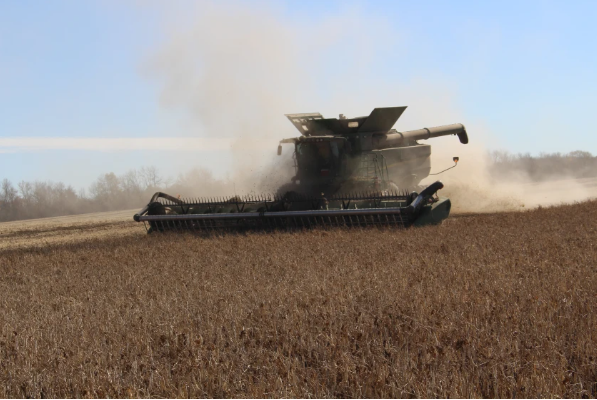
U.S. Corn Farmers Wary of Vomitoxin, Latest Stress on Global Grain Supplies
A fungus that causes “vomitoxin” has been found in some U.S. corn harvested this fall, causing headaches for growers and livestock producers and forcing ethanol plants and grain elevators to scrutinize grain deliveries.
The situation is another hit to global grain supplies that have sunk to the lowest in a decade since Russia invaded corn and wheat producer Ukraine. Drought has also slammed U.S. and European crops.
Feed made from grain contaminated with concentrated levels of the plant toxin can sicken livestock and lead to low weight gain, particularly among hogs, and grain buyers can reject cargoes or fine farmers for shipments that contain it.
Early signs of the toxin are emerging in Ohio, according to a weekly report from the U.S. Department of Agriculture. Grain buyers in eastern Indiana are also starting to more rigorously test corn deliveries for vomitoxin, according to farmers and elevator sources.
Read More…
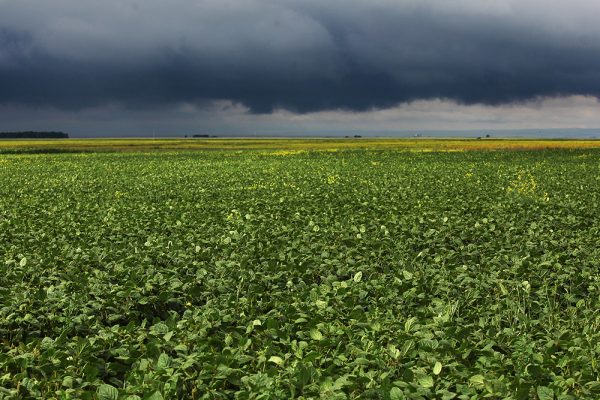
Speculator exodus reduces soybean market risk
The funds have pulled out of the soybean market in a big way, reducing further downside price risk for the leader of the oilseeds markets, say analysts.
Managed money was net long 101,329 contracts as of Nov.1, down from the 2022 high of 180,334 net long contracts set Feb. 22.
Speculators were net short 7,171 contracts on Nov. 1, down from a high of 41,308 net long contracts set on Feb. 1.
“There is no doubt soybeans have lost favour with the speculative crowd since June,” DTN lead analyst Todd Hultman said in a recent column.That is when U.S. Federal Reserve chair Jerome Powell started warning about the possibility of a U.S. recession.
Read More …
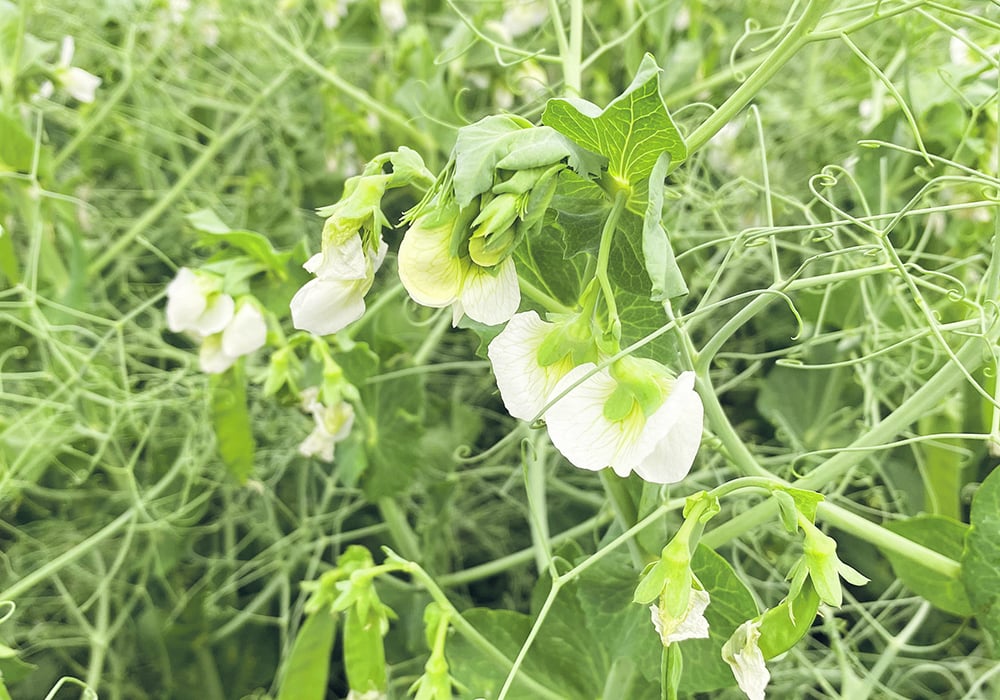
U.S. wheat slumps 6 percent after Russia says it will resume Black Sea grain deal
Conventional grain markets have been described as volatile, but processors of organic grains are using a different descriptor.
“I do believe we’re looking at stability,” said Matt Speidel, a buyer with Avena Foods.
The term “stability” was mentioned numerous times during the Organic Grain Markets webinar hosted by SaskOrganics.
Demand for most organic crops remains robust and that is reflected in strong prices for many organic commodities.
“We’re not seeing (the) drop in prices like the conventional growers,” said Alex Galarneau, owner of Prairie Heritage Seeds.
“They’re seeing quite a bit of drop in their commodities.”
Read more…
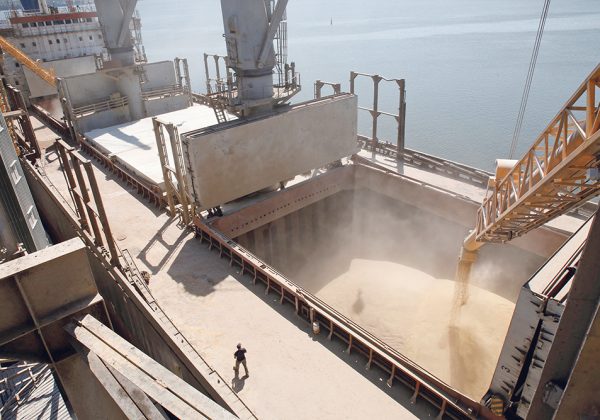
U.S. wheat slumps 6 percent after Russia says it will resume Black Sea grain deal
New Zealand
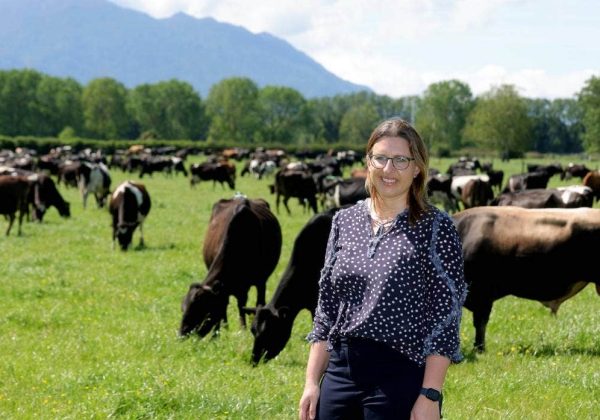
Emissions impossible? How farmers are reducing their footprint
The farming life possibly never looks so good as on a balmy spring day, a light breeze blowing, Mt Te Aroha clear as a bell to the southeast.
In the opposite direction is the brown fringe of the Kopuatai wetlands, while up closer a few poplars catch the breeze.
And really close, through a fence, there is the sound of ripping grass as a herd of friesian-jersey cows set about eating the lush green pasture.
Look at the cows, says Melissa Slattery. And listen, for that matter. To a dairy farmer, this is the best noise, she says, the sound of a herd munching on grass. “Honestly. It’s quite therapeutic.”
So there’s this.
And then there are the numbers.
Read More here...

Robotics Plus launches unmanned hybrid vehicle that solves labour issues
Local ag-tech company Robotics Plus has launched an unmanned, hybrid orchard tractor that tackles labour shortages and worker safety challenges.
The Unmanned Ground Vehicle (UGV), designed to work specifically in fruit orchards and vineyards, was the first of its kind in New Zealand.
Company chief executive, Steve Saunders, said the unmanned vehicles reduced reliance on machine operators that were hard to find because of labour shortages.
The tractor was remotely operated, and two operators could run more than ten vehicles at once, Saunders said.
An unmanned vehicle meant workers were removed from dangerous environments where they could be exposed to agriculture chemicals during spraying. It also meant less exposure to deadly tractor accidents, he said.
Read More here…
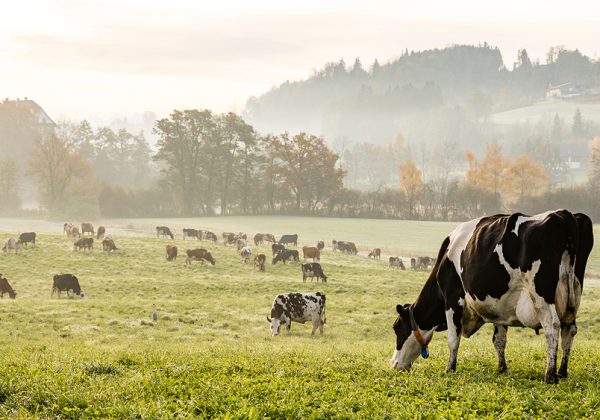
Guy Trafford looks at how Chinese food security issues impact our rural sector. In particular, the rise of the pork industry after ASF is on a monumental scale – and imports from China avoid NZ animal welfare regulations
The red meat markets are well into their seasonal slide from their peaks with processors taking fairly hefty slices off the schedules (venison excepted). However, most classes are still holding up relatively well in relation to the same time last year.
The one category that stands out as being significantly down on twelve months ago is the mutton schedule (2022: $126 average per carcass versus $147 2021).
The previous year’s highs were largely being driven by the heavy cull of pigs in China as African Swine Fever had run rampant through their herd. This year the disease is largely under control and herds within China are building back up. This year pork production is expected to be up 5% on 2021 and imports of pork and mutton are reducing.
Read More here…
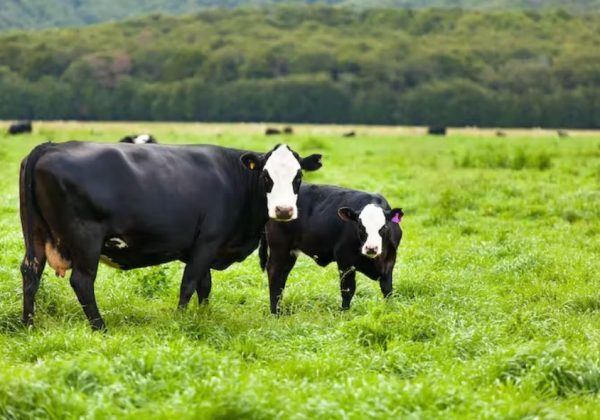
New Zealand locks horns with Canada in dairy trade row
WELLINGTON: New Zealand’s trade minister accused Canada on Monday (Nov 7) of having “locked out” his nation’s farmers in a dispute over dairy exports destined to be settled by an independent panel.
Damien O’Connor said the Canadians are “not living up” to promises made under a 2018 Trans-Pacific free trade agreement to allow dairy products into Canada.
“This is impacting New Zealand exporters, who remain effectively locked out of the Canadian market,” O’Connor said in a statement.
The Comprehensive and Progressive Agreement for Trans-Pacific Partnership was signed in 2018 by Canada, New Zealand and nine other countries in the Asia-Pacific region.
New Zealand first said in May it had beef with Canada’s administration of tariff rate quotas to allow dairy products to be imported with lower import taxes.
Read More here…
Australia
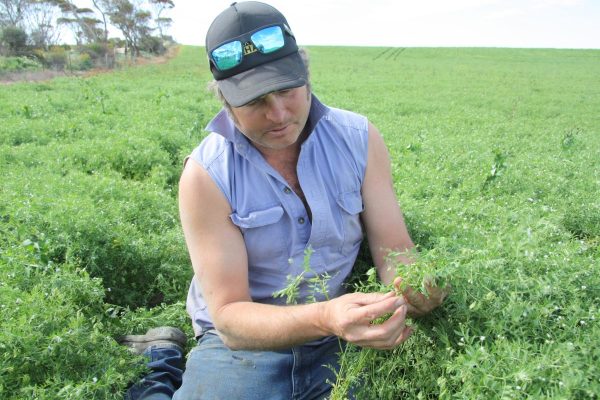
Australia ships 71,469t chickpeas, 67,800t lentils in Sep
AUSTRALIA exported 71,469 tonnes of chickpeas and 67,800t of lentils in September, according to the latest data from the Australian Bureau of Statistics (ABS).
Pakistan was the biggest market by far for chickpeas, taking 57,928t for September, well ahead of Nepal on 6039t in second place.
The Pakistan volume indicates a switch to bulk business from containers, which remain expensive and unreliable.
On lentils, Bangladesh on 20,155t was the biggest market, followed by India on 16,367t.
September chickpea exports more than doubled from the August total of 33,220t, and represent the release of old-crop stocks ahead of the new-crop harvest in Central Queensland which is now well advanced.
Read more here
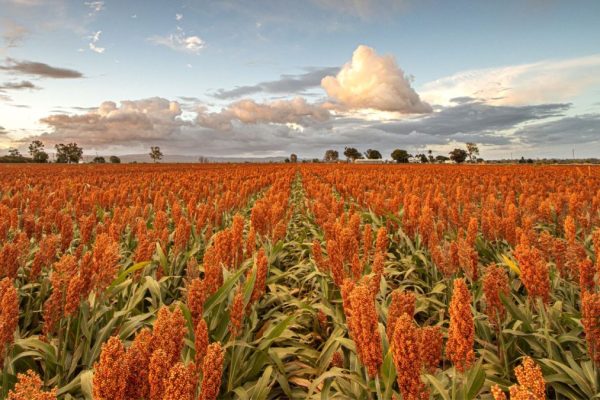
Aus exports 7.2Mt feed barley, 2.2Mt sorghum in 2021-22
AUSTRALIA exported 875,107 tonnes of malting barley, 7,196,296t of feed barley and 2,242,473t of sorghum in 2021-22 (Oct-Sep).
The figures have come to light following the recent release of Australian Bureau of Statistics (ABS) export data for September.
For malting barley, September exports fell to a low for the 2021-22 year of 41,870t, with Vietnam on 32,942t showing up as the only full bulk cargo for the month.
September feed barley exports at 662,421t hit a monthly high for the back half of the shipping year, as did shipments to Saudi Arabia on 335,543t.
Saudi on 3.2Mt for the year has been the market for close to half of Australia’s 2021-22 feed barley exports, with Japan on 1Mt the only other seven-digit market for the year.
Read more here …
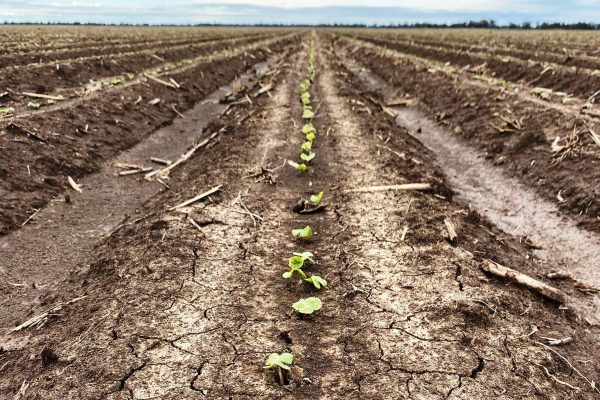
Hope for new-crop cotton at 5Mb plus despite flooding
INDUSTRY body Cotton Australia is still expecting a large national cotton crop despite excessively wet conditions over the main growing areas in New South Wales and Queensland.
However, area planted and bales picked in regions with narrow planting windows and where there has been sustained and significant flooding are expected to be severely reduced.
Following a record 5.5 million bale (Mb) crop last season, the last of which is still being ginned, Cotton Compass last month predicted the 2022-23 crop to reach 5.25Mb.
In its Australian Agribusiness Monthly report released on Friday, Rabobank said forecasters were pegging the crop at a similar “low 5M bale range”.
These predictions are positive considering that the final crop production outcome is reliant on more favourable weather conditions kicking in across the rest of the year and into 2023.
Read mpore here…

Warning issued for growers harvesting wet paddocks
GROWERS must take extra precautions before and during crop harvesting on wet paddocks this year, cautions the Grains Research and Development Corporation (GRDC).
Exceptional rainfall across southern and eastern Australia means many growers will be faced with harvesting crops in very wet conditions.
Extension specialist and GRDC southern panel deputy chair Pru Cook said it is important for growers and harvest workers to look after themselves this harvest.
“Harvest will be a long, drawn-out process that will present a range of physical and mental challenges for growers and harvest workers,” Ms Cook said.
“We want to remind everyone involved in harvest operations this year to take their time to prepare, understand the risks and how to reduce them, and to look out for each other.”
Read more here…

Feedgrain Focus: Moves mixed as trade navigates floods
PROGRESS in the Queensland harvest has softened values in the northern market, while moves in southern prices were mixed and moderate to reflect some short covering and the inevitability of big volumes of feed grades in ongoing wet conditions.
New South Wales roads closed by the worsening flood situation in parts of the grainbelt are the biggest logistics hurdle for the trade this week.
However, trade sources report some dry and even sunny weather has allowed trucks to load.
The lateness of the eastern and South Australian harvests could well see some exporters provide additional competition for old-crop grain as shipping moves to the new-crop window with nothing fresh off the header to be found south of the Queensland-NSW border.
Harvest of barley and wheat crops is taking place in the drier patches of Central Queensland (CQ), the Maranoa, the Western Downs and the border region
Read more here…
South America
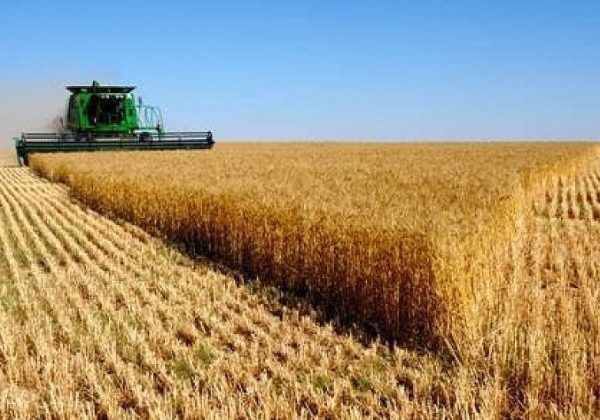
Argentine drought will force Brazil to purchase wheat in non-Mercosur suppliers
Brazil will need alternative wheat sources because Argentina, its traditional supplier, is facing a serious crop insufficiency as a result of a serious drought that has curtailed production and compromised export volumes. Market analysts expect Brazil will thus have to look for supplies in potential providers such as the United States, Canada and even Russia.
Brazil is a net wheat importer and neighboring Argentina, which is currently suffering a prolonged drought, is its most important source of the cereal.
“Generally, Brazil buys some 6 million tons from Argentina,” said StoneX risk management consultant Fabio Lima. But now, Brazil is anticipated will have to look for one to 1,5 million tons of imports outside the Mercosur trade block.
Brazil is one of the world’s largest wheat importers, with domestic consumption above 12 million tons annually, below its output capacity, although the southern states of the country are planning a long term scheme to lessen foreign wheat dependence.
Read more here…
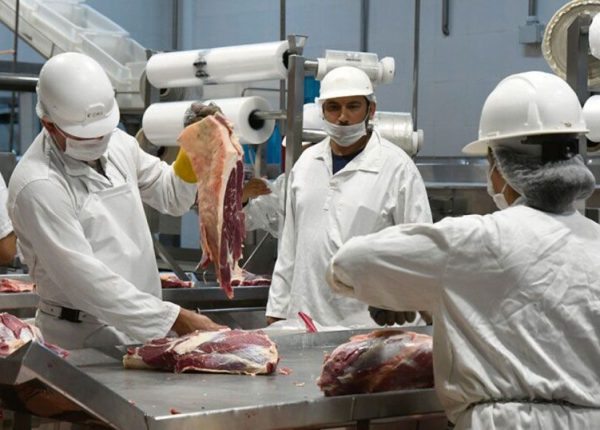
Mercosur meatpackers concerned over weaker demand from the Chinese market
Brazilian meatpackers, large and small, have seen a drop in exports during October, which have been considerably slower than during the month of September. Shipments dropped some 43,000 tons, particularly to China, which has caused certain unrest, because the Asian giant has long become Brazil’s (and Mercosur) main export market.
Exports in October totaled 188.560 tons, compared to 231.450 tons in September. According to data from the Brazilian exports secretariat, Secex, in the last five working days of the month, there was a further 11% decrease.
Brazilian meatpackers are concerned because a steady flow of sales to China has become somewhat erratic, with a softer demand, although overall sales this last month were higher than those in October 2021.
Sources from the main meatpackers indicate that in the next few days, “we will be able to identify more clearly which countries decreased their purchases, and how significantly China has impacted”.
Read More
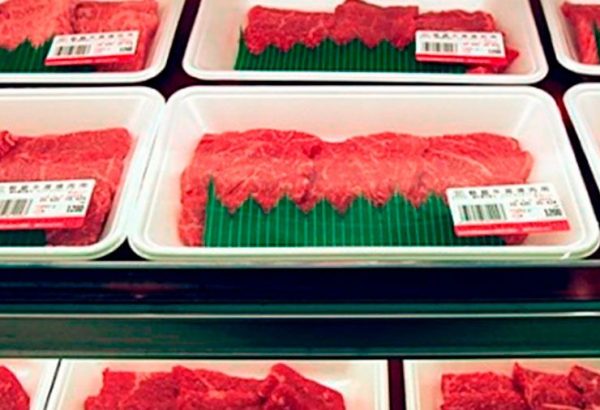
Uruguayan beef makes successful presentation in Shanghai
An Uruguayan team has successfully persuaded would-be buyers at the 5th China International Import Expo (CIIE) in Shanghai of the benefits of a healthy diet containing beef from the South American country.
Beef exports to the Asian giant are “witnessing the transformation and improvement of the Chinese consumer market,” Xinhua reported.
According to the National Meat Institute of Uruguay, China has become a leading customer since 2013. In 2021, Uruguay’s beef exports to China totaled 284,000 tons, accounting for 67 percent of Uruguay’s total beef exports for the year.
Prior to the start of this year’s CIIE, the institute sent invitations to all Uruguayan beef exporters with export qualifications to China. Beef exporters have the opportunity to negotiate face-to-face with Chinese importers at this edition.
Read more here
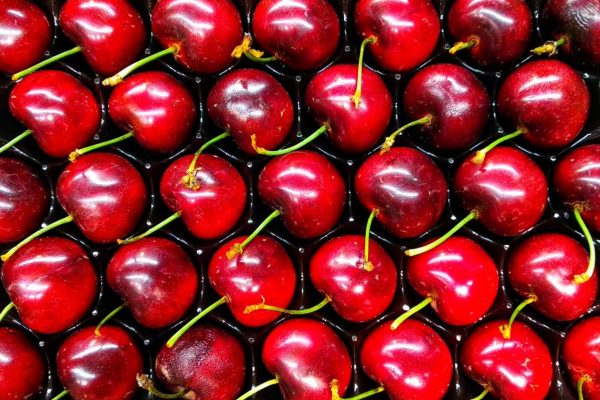
ASOEX Forecasts 25% Increase in Chilean Cherry Exports in 2022/23
According to the Chilean Fruit Exporters Association (ASOEX), Chile is expected to export a record volume of fresh cherries for the 2022/23 season, with forecasted exports of over 89 million 5-kilogram boxes of cherries, or nearly 477,000 metric tons. If these estimates are achieved, it would represent an increase of 25% in total Chilean cherry exports compared with the previous season.
ASOEX marked the launch of the 2022/23 Chilean cherry season on Sep. 30 with festivities attended by Chinese Ambassador to Chile Niu Qingbao. Officials expressed optimism about China’s market this season: Chilean Minister of Agriculture Esteban Valenzuela predicted that the value Chilean cherry exports to China could top $3 billion.
In recent comments, ASOEX President Iván Marambio acknowledged the challenges of the 2021/22 season and underlined commitments to resolving logistical issues, especially for China-bound shipments. “Last season was one of the most complicated that the fresh fruit exporting sector in our country has experienced,” said Marambio.
Read more here
Food Updates

Scientists extend the shelf life of pasta by 30 days
Italian research has discovered a new recipe that can extend the shelf life of fresh pasta by 30 days through packaging changes and ingredient additions.
Research has revealed that the shelf life of fresh pasta can be extended by 30 days via making changes to packaging, adding bioprotective, and using an antimicrobial bacteria called probiotics.
Pasta is a staple food of Italian cuisine but it’s popularity spans further than just one country. The revenue generated by European pasta sales amounted to $19.14 billion in 2022, however, its popularity is forecasted to grow annually by 9.28 percent.
With the popularity of pasta projected to increase, Italian researchers have published their novel recipe for long-lasting fresh pasta in the journal Frontiers in Microbiology.
Usually, fresh pasta is produced through industrial processes that involve heat-treating the product. It is then typically stored in modified atmosphere packaging (MAP), meaning that oxygen is removed and replaced with other gasses.
Read more here

Why are Canadians changing their eating habits?
According to Kirstin Beardsley, CEO of Food Banks Canada, “nearly one in five Canadians have reported going hungry in the last two years”. What’s more, price rises for store-bought food in Canada have outpaced the annual inflation rate for 10 consecutive months, suggesting that these lifestyle changes may not be temporary.
Read more here…

How to stand the test of time in the cultured meat market
As plant-based sales stagnate in the US, Bethan Grylls looks at the lessons that can be taken into the cultured meat industry, including how it should position and market itself around the world and what the best move is for those in plant proteins going forwards.
The year is 2030 and cultured meat has become the norm – this was the setting of MMR Research Worldwide’s Stardate event that took place in the Metaverse earlier this week. An apt location choice, as the expert line-up explored the future of food choices.
The idea that cultured meat will be widely available is not an unreasonable forecast, with the sector anticipated to be worth $572 million by 2027.1 Singapore and Israel led the way in 2020 with cultured chicken becoming commercially available in both countries. Eat Just was granted the world’s first regulatory approval to sell its chicken as an ingredient in Singapore, whilst Israeli-based SuperMeat now serves up lab grown chicken in its own restaurant.
Read more here…

Why food allergies should be seen as a business opportunity, not a threat
The last few years have been marked by some tragic and unfortunate deaths caused by allergic reactions to food ordered in restaurants or purchased at takeaway outlets.
Inevitably, these events have left a vast number of food venues feeling apprehensive and over cautious when it comes to serving people with food hypersensitivity.
To further complicate matters, food labelling regulations missed the chance to standardise the way information is communicated to consumers when Natasha’s Law came into force, meaning that some food manufacturers volunteer allergen information that is not necessarily accurate or helpful for the consumer.1
However, as the number of people affected by food allergies and coeliac disease continues to rise, food businesses should embrace this growing trend and seek opportunities in this space.2
In this article, I will explore the way restaurateurs currently deal with allergen information and allergen provision, reflect on the way this is communicated to the consumer and how improvements could be made by making simple adjustments, which will ultimately benefit businesses and their reputation.
Read more here…

UK food inflation continues to break records
October 2022 marks an all-time high for food inflation in the UK, increasing to 11.6 percent and affecting basic products such as milk.
With cost-of-living crisis continuing to affect consumers across the UK, the British Retail Consortium (BRC) has revealed that food inflation in October 2022 has increased to a record-breaking 11.6 percent.
Previously, in September 2022, food inflation reached 10.6 percent, however the additional percentage increase in October has affected basic items such as tea bags, milk and sugar.
Explaining the recording breaking inflation rates, Helen Dickinson OBE, Chief Executive of the BRC said: “Prices were pushed up because of the significant input cost pressures faced by retailers due to rising commodity and energy prices and a tight labour market.
“While some supply chain costs are beginning to fall, this is more than offset by the cost of energy, meaning a difficult time ahead for retailers and households alike.”
Read more here…


